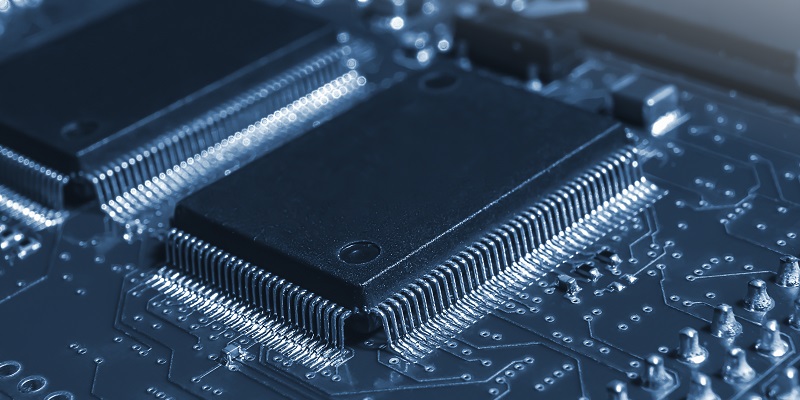Samsung Electronics is at the forefront of technological innovation. The company is known for producing cutting-edge products that push the boundaries of what is possible, particularly in the field of memory and storage. One of its latest innovations is the next-generation high-bandwidth memory (HBM3P), codenamed “Snowbolt.” This HBM3P is expected to offer the industry’s best performance and provide a significant improvement over its predecessors.
Samsung Electronics’ Previous Generations of HBM and Products
Before unveiling Snowbolt, Samsung Electronics had already released several generations of high-bandwidth memory, including Flarebolt, Aquabolt, Flashbolt, and Icebolt. These products have been widely used in graphics cards, high-performance computing systems, and other applications that require fast and reliable memory.
Flarebolt was the first high-bandwidth memory product from Samsung Electronics, which offered significant improvements over traditional DDR3 and DDR4 memory. Aquabolt followed closely with even better performance and efficiency. Flashbolt and Icebolt continued to refine the technology, adding more capacity and further reducing power consumption.
Samsung files trademark application for HBM3P Snowbolt
ZDNet Korea reported that Samsung Electronics filed a trademark application for its latest DRAM, HBM3P Snowbolt, with the Patent Information Search Service (KIPRIS) on April 26, 2021. This move suggests that the company is preparing to launch Snowbolt soon.
“Snowbolt” is the brand name of Samsung Electronics’ next-generation HBM DRAM products
As confirmed by the trademark application, Snowbolt will be the brand name of Samsung Electronics’ next-generation HBM DRAM product. It is set to offer significant improvements over previous generations of high-bandwidth memory, with better performance, higher capacity, and lower power consumption.
Samsung Electronics prepares for the second half of the year with the industry’s best performance
During a recent conference call with investors and the media last month, a spokesperson for Samsung Electronics revealed that the company is preparing for the second half of the year with the industry’s best performance. This statement undoubtedly refers to the imminent launch of Snowbolt and other high-performance memory and storage products from Samsung Electronics.
HBM3P Snowbolt is expected to increase overall performance by 10% over its predecessors
According to insiders, HBM3P Snowbolt is expected to offer a 10% improvement in overall performance compared to its predecessors. This improvement is significant and could make a real difference in a wide range of applications, from high-performance computing to gaming.
A roadmap has been established for the release of HBM3P with PIM by 2025 and HBM4 by 2026
Samsung Electronics has an ambitious roadmap for its high-bandwidth memory products. According to the roadmap, HBM3P with PIM (Programming In Memory) will be available by 2025, offering even better performance and efficiency. In 2026, Samsung Electronics plans to launch HBM4, which is expected to continue the trend of providing better performance and lower power consumption.
Market Share Breakdown on High-Bandwidth Memory: SK Hynix at 50%, Samsung Electronics at 40%, and Micron at 10%
Three companies hold the majority of the market share on high-bandwidth memory: SK Hynix, Samsung Electronics, and Micron. SK Hynix is the clear leader, with a 50% share of the market. Samsung Electronics follows closely at 40%, while Micron falls into third place with only 10% of the market share.
Samsung Electronics is set to shake up the memory and storage industry with the launch of its latest high-bandwidth memory product, HBM3P Snowbolt. The company’s ambitious roadmap and commitment to innovation are sure to keep it at the forefront of the industry for years to come. As the demand for fast and reliable memory continues to grow, Samsung Electronics is poised to meet that demand with its cutting-edge technology.

